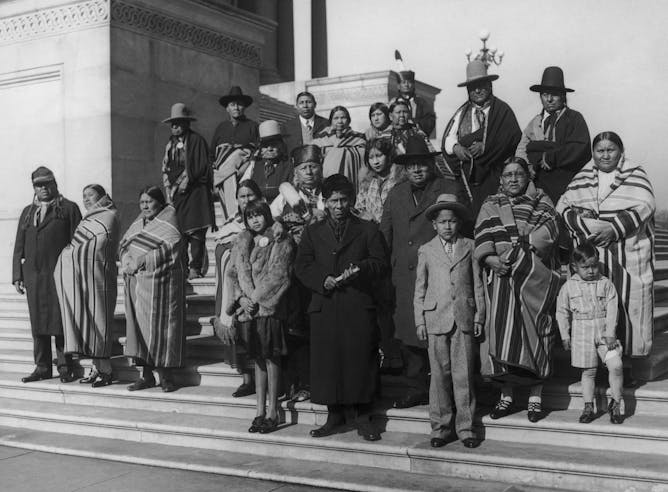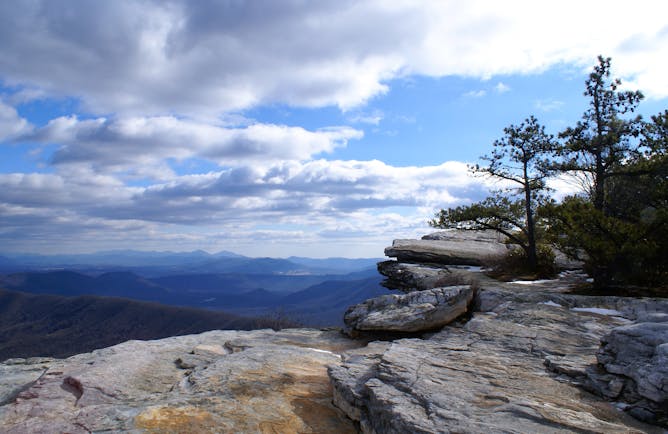|
The United States and China are both experiencing declines in their birthrates. In both countries, the trend has led to hand-wringing over slower economic growth and strained budgets.
Amy Froide, a historian who has studied single people in 17th- and 18th-century Europe, writes of similar anxieties long ago in France and England. The two superpowers were locked in a long, drawn-out war, but the average marriage age was inching upward and birthrates were declining.
With population growth deemed necessary for sustaining a robust economy and military, each country proposed some bizarre and punitive policies aimed at spurring more births.
This week we also liked articles about the Appalachian Trail, how white people used conservatorships to swindle Native Americans and hip-hop’s origins.
|

In England, children were seen as a way to replenish the military and sustain the economy.
Universal Images Group via Getty Images
Amy Froide, University of Maryland, Baltimore County
Go back to 17th- and 18th-century England and France and you’ll see the same sort of handwringing over birthrates that we’re seeing today.
|

The Osage Nation were once among the wealthiest people in the world.
FPG/Hulton Archive/Getty Images
Andrea Seielstad, University of Dayton
The discovery of oil and gas made members of the Osage Nation among the richest people in the world. But it also made them targets for exploitation.
|

McAfee Knob in Virginia’s Blue Ridge Mountains, one of the Appalachian Trail’s most scenic vistas.
Ben Townsend/Flickr
Charles C. Chester, Brandeis University
When forester Benton MacKaye proposed building an Appalachian Trail 100 years ago, he was really thinking about preserving a larger region as a haven from industrial life.
|
|
|
-
A.D. Carson, University of Virginia
With Congress designating Aug. 11, 2021, as Hip-Hop Celebration Day, a scholar and performer of the art form makes the case for hip-hop to become more prominent in American academe.
-
Arash Javanbakht, Wayne State University
Firefighters are hailed as heroes and pillars of strength, bravery and courage. But the daily stressors and traumas of their jobs take a heavy emotional toll that largely goes unnoticed by the public.
-
Elizabeth C. Tippett, University of Oregon
The scandals show just how much has changed since the movement burst onto the national scene four years ago.
|
|